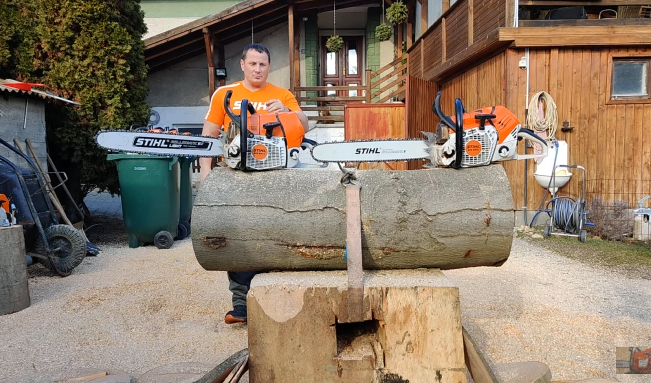
When it comes to professional-grade chainsaws, STIHL remains one of the most respected and trusted names in the industry. Among its powerful lineup, two models often stand out: the STIHL MS 500i and the STIHL MS 661 C. Both are designed for serious cutting performance, built with forestry professionals and experienced users in mind. However, despite their similarities, these two saws differ in technology, design, and operation.
This article provides a detailed comparison of the STIHL MS 500i and MS 661 C to help you decide which is the best fit for your specific needs.
1. Overview and Target Audience
STIHL MS 500i
Released as the world’s first chainsaw with electronic fuel injection, the MS 500i is a game-changer in the world of chainsaws. It’s primarily designed for demanding forestry tasks such as felling and bucking large trees. With incredible torque, acceleration, and weight-to-power ratio, the MS 500i is ideal for users who want cutting-edge technology and maximum performance.
STIHL MS 661 C
The MS 661 C is a high-performance saw tailored for logging, milling, and felling large timber. It uses a traditional carburetor system and is favored by users who value proven reliability and consistency. It’s a workhorse built for longevity and extreme environments.
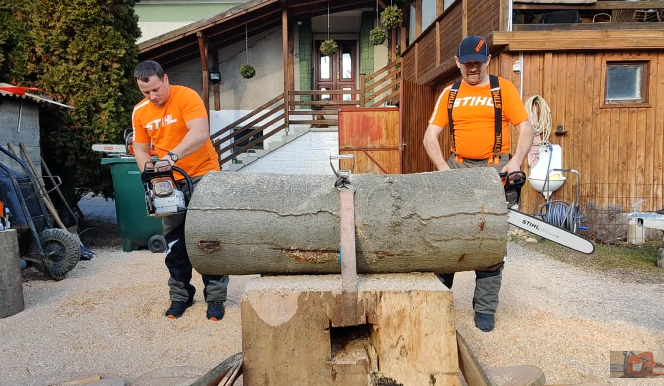
2. Engine Technology
MS 500i: Fuel Injection Revolution
The standout feature of the MS 500i is its fuel-injection system, which replaces the conventional carburetor. This system adjusts fuel delivery in real time based on ambient conditions, engine temperature, and altitude. As a result, it provides quicker starts, smoother throttle response, and better fuel efficiency in all environments.
MS 661 C: M-Tronic Carburetor
The MS 661 C is equipped with STIHL’s M-Tronic electronic engine management system. It optimizes performance by adjusting the fuel-air mixture automatically, but it’s still reliant on a traditional carburetor. While highly efficient and reliable, it doesn’t match the split-second responsiveness of the MS 500i.
3. Power and Performance
MS 500i:
- Engine Displacement: 79.2 cc
- Power Output: 6.7 hp (5.0 kW)
- Weight (without bar and chain): 13.9 lbs (6.3 kg)
MS 661 C:
- Engine Displacement: 91.1 cc
- Power Output: 7.2 hp (5.4 kW)
- Weight (without bar and chain): 16.5 lbs (7.5 kg)
Although the MS 661 C boasts a higher displacement and slightly more horsepower, the MS 500i’s superior power-to-weight ratio gives it the edge in handling and agility. Its fast acceleration also makes it highly responsive when moving from idle to full throttle.
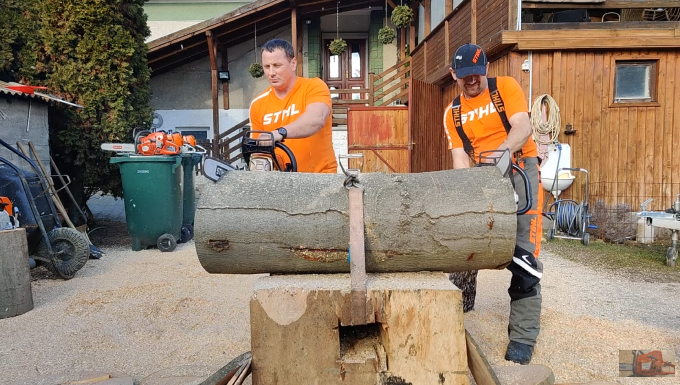
4. Weight and Ergonomics
The MS 500i is significantly lighter than the MS 661 C. This weight difference becomes critical during long hours of cutting or when working in challenging terrain. Operators report that the MS 500i feels more balanced and less fatiguing over time. Its design reduces user strain, especially when felling or limbing.
On the other hand, the MS 661 C, while heavier, offers solid stability and durability. It’s built like a tank, which some users prefer for tough jobs. The weight contributes to better vibration absorption during extended milling or heavy-duty cutting.
5. Starting System and Ease of Use
MS 500i:
- No choke lever needed
- Starts with fewer pulls
- Fuel-injection manages cold starts more efficiently
MS 661 C:
- STIHL ElastoStart and decompression valve make starting easier
- Choke and primer bulb still required
The MS 500i shines in this category. Thanks to the absence of a carburetor, there’s no need to adjust a choke or deal with flooding. The electronic system optimizes startup whether the engine is hot or cold.
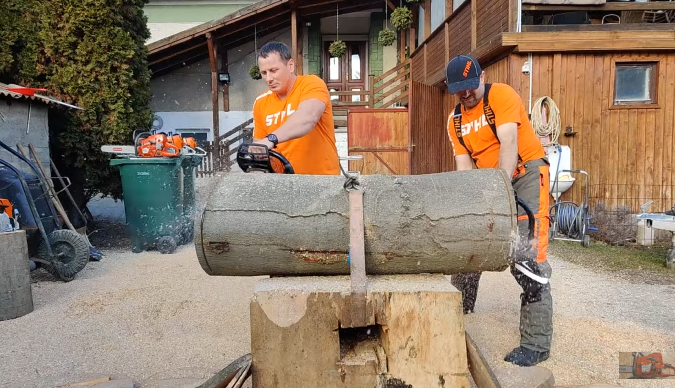
6. Fuel Consumption and Maintenance
Both saws are relatively fuel-efficient for their class. However, the MS 500i tends to be more fuel-efficient under varying conditions due to its real-time fuel injection adjustments.
In terms of maintenance:
- MS 661 C is easier to repair in remote areas due to simpler, more traditional mechanics.
- MS 500i may require specialized service knowledge or tools for electronic components.
If you often work far from repair shops or don’t want to deal with newer tech, the MS 661 C may be the safer choice.
7. Bar Compatibility and Cutting Capacity
Both models can be equipped with long bars (up to 36″ and even beyond with custom setups), making them ideal for processing large logs and hardwood trees.
The MS 661 C is often favored for heavy milling with Alaskan sawmill setups due to its brute power and proven durability.
The MS 500i, though slightly smaller in engine size, holds its own in felling and bucking, and can handle similar bar lengths with no issue.
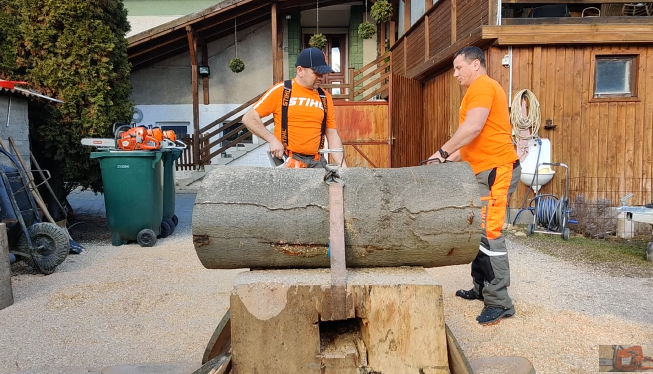
8. Durability and Build Quality
Both chainsaws are built with STIHL’s signature quality:
- Magnesium crankcases
- High-torque engines
- Advanced air filtration systems
- Excellent anti-vibration mounts
The MS 661 C may have a slight edge in durability due to its simpler mechanics and long-standing use in rugged conditions. The MS 500i, while highly innovative, has more electronic components that could be vulnerable to extreme weather or damage.
9. Price and Value
The MS 500i typically comes at a higher price point due to its advanced technology and lighter build.
The MS 661 C, while still expensive, offers a more traditional solution that might be more affordable depending on your location and dealership.
If you’re paying for performance and ease of use, the MS 500i is worth the investment. If you’re seeking proven reliability and don’t mind the added weight, the MS 661 C delivers excellent value.
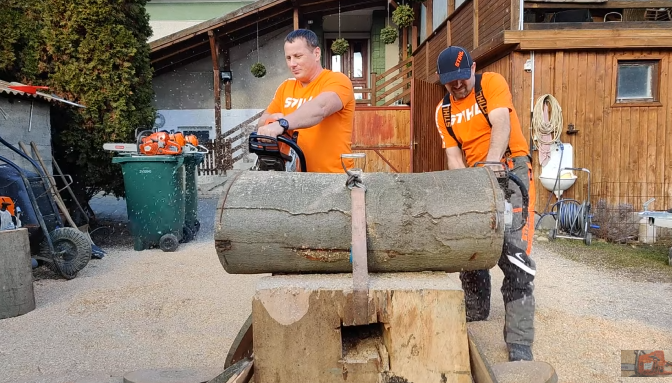
10. Conclusion: Which One Should You Choose?
- Choose the STIHL MS 500i if:
- You want the latest technology and unmatched power-to-weight ratio.
- Fast acceleration and easy starting are priorities.
- You do a lot of felling and want a lightweight saw with pro-level performance.
- Choose the STIHL MS 661 C if:
- You value time-tested reliability and simpler repairs.
- You often work in harsh environments or remote locations.
- You do heavy-duty milling and need more displacement and raw power.
Ultimately, both the STIHL MS 500i and the STIHL MS 661 C are top-tier machines for professionals. Your choice comes down to your cutting needs, work environment, and personal preference for tech vs. tradition.
Whether you’re a logging veteran or a serious landowner looking to invest in a premium chainsaw, either of these models will serve you well for years to come.


